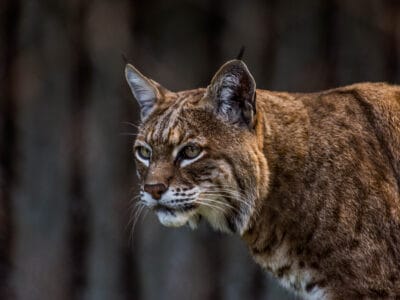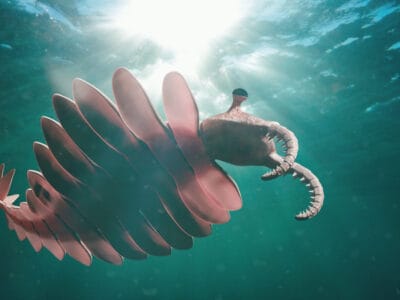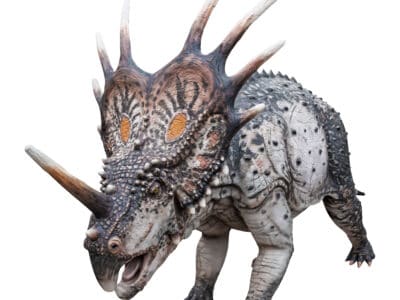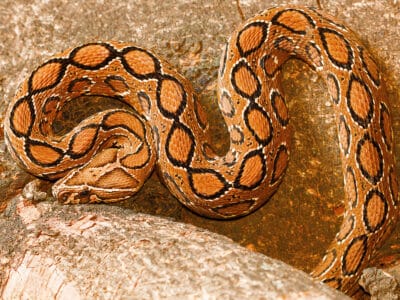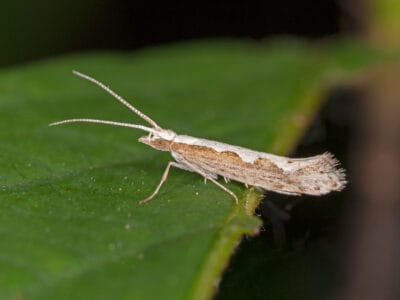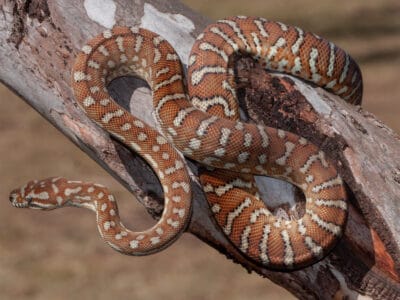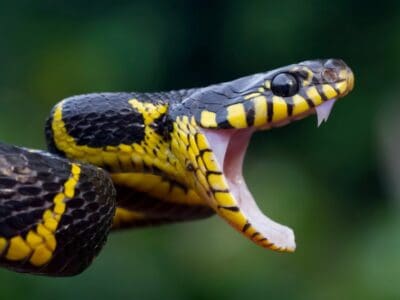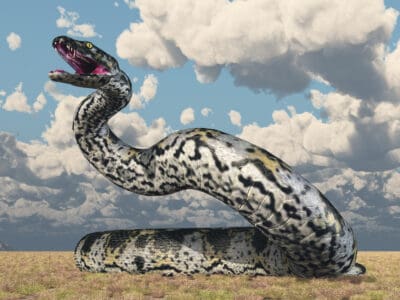Olm
.jumbotron {
background-image: url(“https://a-z-animals.com/media/2020/01/Olm-header-400×300.jpg”);
}
}
@media only screen and (min-width: 641px) and (max-width: 920px) {
.jumbotron {
background-image: url(“https://a-z-animals.com/media/2020/01/Olm-header-470×370.jpg”);
}
}
@media only screen and (min-width: 921px) {
.jumbotron {
background-image: url(“https://a-z-animals.com/media/2020/01/Olm-header.jpg”);
}
}
Olm
Proteus anguinus
It’s the only European vertebrate that lives its entire life in a cave.
Olm Scientific Classification
- Kingdom
- Animalia
- Phylum
- Chordata
- Class
- Amphibia
- Order
- Caudata
- Family
- Proteidae
- Genus
- Proteus
- Scientific Name
- Proteus anguinus
Read our Complete Guide to Classification of Animals.
Olm Conservation Status
Olm Facts
- Main Prey
- Insects, insect larvae, worms, small fish, mollusks
- Name Of Young
- Larva, tadpole
- Group Behavior
-
- Flocks
- Fun Fact
- It’s the only European vertebrate that lives its entire life in a cave.
- Estimated Population Size
- Several hundred
- Biggest Threat
- Pollution, human activity, habitat fragmentation
- Most Distinctive Feature
- Its lifespan
- Distinctive Feature
- Elongated body and undeveloped limbs
- Other Name(s)
- Proteus, cave salamander, white salamander, human fish, močeril, white olm back olm, blind cave salamander
- Incubation Period
- Two to six months
- Litter Size
- 35 to 70 larvae
- Habitat
- Fresh water limestone caves
- Predators
- Fish, Toads, Birds
- Diet
- Carnivore
- Lifestyle
-
- Solitary
- Favorite Food
- Insects
- Type
- Amphibian
- Common Name
- Olm
- Number Of Species
- 1
- Location
- Dinaric Alps in Croatia, Bosnia and Herzegovina, Italy and Slovenia with introduced populations in France and Germany.
- Average Clutch Size
- 10
- Slogan
- Inhabits dark underwater caves
This post may contain affiliate links to our partners like Chewy, Amazon, and others. Purchasing through these helps us further the A-Z Animals mission to educate about the world’s species..

Spiders that fly! Fish that walk! And 1000+ more incredible animals. Discover them all for FREE
.photo-gallery {
–margin: 0px auto 0px;
–padding: 0px 0px 0px 0px;
}
.gallery-link {
background-image: url(“https://a-z-animals.com/media/2020/01/Olm-on-rock-1024×535.jpg”);
background-repeat: no-repeat;
background-size: cover;
background-position: center;
height: 500px;
justify-content: center;
text-align: center;
align-items: center;
display: flex;
border: 2px solid #000;
}
.gallery-link img {
height: 50%;
}
@media only screen and (max-width: 768px) {
.gallery-link {
height: 300px !important;
}
}
“The longest-lived amphibian, the olm can live to be 100 years old!”
One of the most fascinating creatures in a world full of fascinating creatures, the olm, like its distant relative the axolotl is a completely aquatic salamander, with gills and tailfins. It is born, lives its long lifespan, and eventually dies in the water. Unlike the axolotl, the olm, or the cave salamander is endemic to an area called the Dinaric Karst, which is found in the former Yugoslavia and Italy.
5 Incredible Olm Facts!
- Though the olm’s skin is pinkish or white if it’s kept in the darkness of the cave, if it’s taken out, it turns dark. If it’s returned to darkness, it reverts to its pink or white coloration.
- The olm can live without eating for at least six years.
- Even though it has lungs and can breathe air, the olm is considered completely aquatic.
- Being blind doesn’t stop the olm from being an efficient hunter. It uses an array of acute senses, including electrosensitivity, to find food.
- The olm is believed to have split off from other amphibians about 110 million years ago.
Olm Scientific name
The Olm’s scientific name is Proteus anguinus. Proteus comes from the Greek god who was able to change his shape at will, and anguinus comes from “anguis” the Latin for “snake.” There are two subspecies:
- Proteus anguinus parkelj
- Proteus anguinus anguinus
Olm Appearance
As befitting its scientific name, the olm has a long, sinuous body like a pigmentless snake, with furrows at the edges of the skeletal muscles. It has a short, flattened tail that has a fin that helps the animal swim. The olm seems to be evolving out of its limbs because they are very small and losing digits. For example, there are three digits on the animal’s front legs where most salamanders have four. There are even fewer digits on its back legs. It only has two, where other salamanders have five. Its skin is so thin and pale that its viscera can be seen through its abdomen. The skin is also protected by a layer of mucous. The fuzzy gills are red.
The olm’s head is long in proportion to its body, and it has a blunt snout and a small mouth wit tiny teeth. Younger adult olms can be told from older ones because they may have yellow or red spots on their body, and their eyes are more easily seen. As the animal grows, its eyes deteriorate. Females are bigger than males, but it is hard to tell the sexes apart unless they are flipped over. The cloaca of the male is larger.
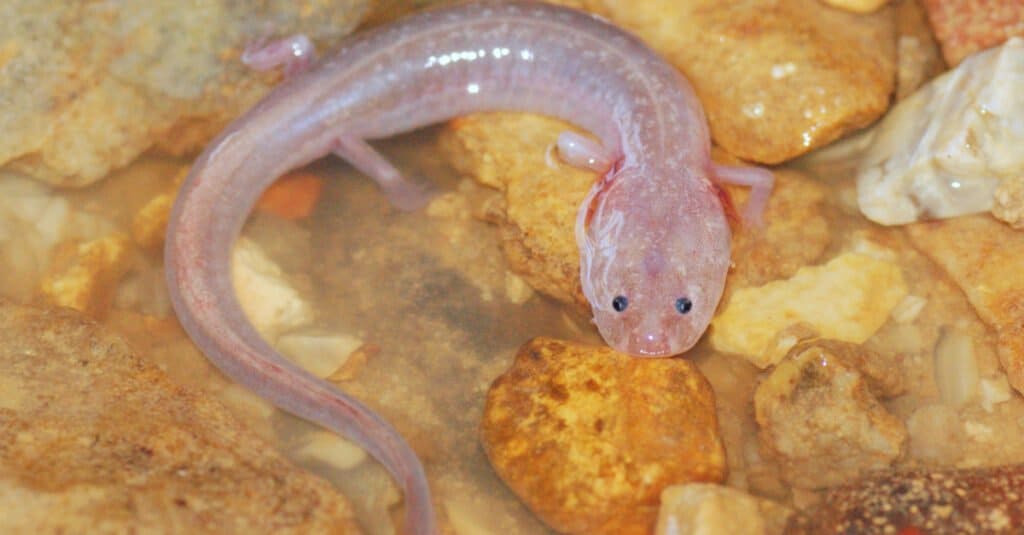
Matt Jeppson/Shutterstock.com
Olm Behavior
Olms are gregarious save during the breeding season when both females and males stake out a territory. They gather in groups beneath rocks or crevices in the watery caves that are hard for people to access. They do not appear to migrate, and it’s not known how large an individual proteus’ territory usually is. They are usually placid, and even males who are ready to breed are reluctant to fight. They usually simply display to drive away competitors.
Because they basically can’t see and do not need to see, cave salamanders have developed adaptations that allow them to hunt prey. They are able to sense tiny amounts of organic matter and can even tell which prey it came from. They can hear well, and sounds are also picked up by the animal’s lateral line. This is a line that’s often found on the sides of aquatic animals such as fish. It helps the animal sense motion, differences in pressure, and vibrations. Olms also have excellent hearing, both in the water and on the ground.
Other adaptations are a sharp sense of taste and heads that contain electrosensitive organs that can sense electrical fields. Though their vision is reduced, they can sense light and shy away from it. Some biologists believe the animal has light sensors in its skin.
Olm Habitat
The cave salamander is found in the watery caves of the Dinaric Alps near the Adriatic Sea, often at the entrances of the limestone caves. The waters are rich in oxygen, have a mildly acidic pH, and maintain temperatures of between 41 and 59 degrees Fahrenheit. The subspecies P. anguinus parkelj, or the black olm lives in waters that are a bit warmer. The temperature of the water also determines how the salamander is born and how quickly or slowly the larva grows. Olms can be found as much as 984 feet deep in a cave, but rain can wash them into streams.
Olm Diet
The olm mostly eats insects and insect larvae, but it will eat any prey it can catch and hold. It also eats very small fish, snails, and other mollusks, worms, and eggs. It also eats detritus. Though it has tiny teeth, the cave salamander doesn’t chew but swallows its prey whole. It eats a great volume of food if it’s available and is able to store food to the point where it can go for years without eating. One of the adaptations the olm developed to deal with food scarcity is the ability to lower its metabolism. It can even start to feed on its own tissues. Olms are also thought to cannibalize each other now and then.
Olm Predators and Threats
While olm doesn’t have regular predators in its small habitat, it is threatened by human activity, even though humans have strived to preserve it by law for close to 100 years. It is sensitive to pollutants such as fertilizers and pesticides, and it is collected, illegally, for the pet trade.
Now and then an olm will be eaten by a fish or other animal that got lost in its cave or will be eaten by another olm.
What eats the Olm?
The olm does not appear to have natural predators besides its conspecifics.
What does the Olm eat?
Olms eat mostly insects, especially insects that hatch out of the water such as mayflies, stoneflies, and caddisflies. They also eat flies and other small creatures such as the woodlouse, freshwater snails, and amphipods such as Niphargus. Also on the olm’s diet are tiny fish and eggs. They will readily take bits of raw meat.
Olm Reproduction and Life Cycle
People have only seen olms breed in captivity. They only breed once every 12.5 years, and both sexes are not reproductively mature until they are about 14 years old. During this time, males claim a territory and defend it as they wait for a female to pass by. The sexes can be told apart now because the male’s cloaca is swollen and he has lines along his tail, his fins are a little curled, and the color of his skin is brighter.
When a female enters the male’s territory, they have a courtship ritual that ends with him depositing a packet of sperm and her taking it up into her cloaca and storing the sperm in a spermatheca. Then, the sperm fertilizes her eggs. Females only mate with one male but males mate with more than one female.
The female olm then establishes her own territory at a distance from the male’s. She carries the fertilized eggs for two to three days then starts to lay them under a rock. She can lay eggs for as long as 25 days. There are usually between 35 and 70 eggs. They are 0.16 to 0.2 inches around at first then swell up to 0.31 to 0.35 inches as they take on water. The female guards them for two to six months. The temperature of the water plays a role in determining when the eggs hatch. Eggs incubated in colder temperatures hatch later than eggs incubated in warmer temperatures. When the eggs hatch the larvae, which are about 0.8 inches long, are independent.
The olm tadpoles don’t undergo metamorphosis but are smaller versions of their parents. Some scientists believe that a proteus can give birth to live larvae if the water is cold and only lays eggs when the water is a bit warmer, but this is anecdotal.
Olm Population
Scientists believe there are at least a few hundred olms in the world. Their habitat makes them difficult to study, but they are bred in captivity in Germany and France and can be seen at Croatia’s Zagreb Zoo.
View all 24 animals that start with O
Olm FAQs (Frequently Asked Questions)
Are Olms herbivores, carnivores, or omnivores?
Olms are Carnivores, meaning they eat other animals.
What Kingdom do Olms belong to?
Olms belong to the Kingdom Animalia.
What phylum do Olms belong to?
Olms belong to the phylum Chordata.
What class do Olms belong to?
Olms belong to the class Amphibia.
What family do Olms belong to?
Olms belong to the family Proteidae.
What order do Olms belong to?
Olms belong to the order Caudata.
What genus do Olms belong to?
Olms belong to the genus Proteus.
What type of covering do Olms have?
Olms are covered in permeable skin.
In what type of habitat do Olms live?
Olms live in underground watery caves.
What is the main prey for Olms?
Olms prey on insects, worms, and snails.
What are some distinguishing features of Olms?
Olms have elongated bodies and undeveloped limbs.
What are some predators of Olms?
Predators of Olms include fish, toads, and birds.
What is the average clutch size of an Olm?
Olms typically lay 10 eggs.
What is an interesting fact about Olms?
Olms inhabit dark underwater caves.
What is the scientific name for the Olm?
The scientific name for the Olm is Proteus anguinus.
What is the lifespan of anOlm?
Olms can live for 10 to 50 years.
How fast is an Olm?
An Olm can travel at speeds of up to 5 miles per hour.
How do Olms have babies?
Olms lay eggs.
What is an Olm?
An olm is a blind salamander that lives in the fresh water of European caves. It is famous for being aquatic and for its very long life, which can span a century. Scientists believe that the cave salamander lives as long as it does because of the cool water of its environment and its slow metabolism.
How many Olms are left?
There are at least 400 olms left in the world. Its conservation status is vulnerable.
Is an olm an axolotyl?
An olm and the axolotyl are not the same animal, though they are both types of aquatic salamanders. The olm lives in Europe and the axolotyl lives in Mexico. Both are aquatic and have neotenic traits. This means they’ve held on to traits they had when they were larvae, such as gills.
Are olms blind?
Because they spend their lives in caves, olms are basically blind, though they have eyes. However, their eyes are vestigial and covered with skin and can only detect light and dark.
Do olms eat?
Olms do eat, though they can go without food for the better part of a decade. They basically eat anything they can catch and swallow.
Why are olm eggs called salamander eggs?
Olm eggs are called salamander eggs because the olm is a type of salamander.
How big is an olm?
An olm ranges from 8 to 12 inches long, though they can grow as long as 16 inches.
Can you keep an olm as a pet?
Some people would like to keep an olm as a pet, but selling the cave salamander as a pet is illegal.
Sources
- National Georgraphic, Available here: https://www.nationalgeographic.com/science/article/the-olm-the-blind-cave-salamander-that-lives-to-100
- New Scientist, Available here: https://www.newscientist.com/article/mg22830501-000-meet-the-weird-amphibian-that-rules-the-underworld/
- Animal Diversity Web, Available here: https://animaldiversity.org/accounts/Proteus_anguinus/
- Edge of Existence, Available here: http://www.edgeofexistence.org/species/olm/
- Wikipedia, Available here: https://en.wikipedia.org/wiki/Olm
- Amphibia Web, Available here: https://amphibiaweb.org/species/4229
- Britannica, Available here: https://www.britannica.com/animal/olm
- Xinhua Net, Available here: http://www.xinhuanet.com/english/2020-01/11/c_138695353.htm






